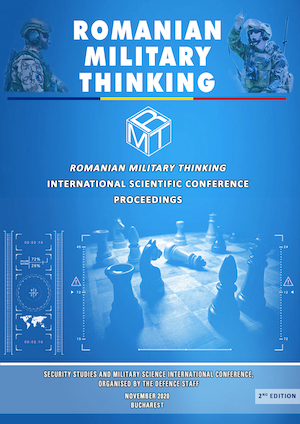Intelligence Challenges at the European Union Level
Intelligence Challenges at the European Union Level
Author(s): Robert Calinoiu, Danut Mircea Chiriac
Subject(s): Security and defense, Military policy
Published by: Centrul tehnic-editorial al armatei
Keywords: security;defence; European Union; military/civilian defence information; strategy;
Summary/Abstract: Since its creation in 1950, as an organisation of states sharing primarily economic interests, the European Union (EU) has been developed continuously on multiple levels, the security and defence domain being one of the most dynamic starting in 2000. Therefore, in 2001, there were established the Political and Security Committee – PSC, the EU Military Committee – EUMC, and the EU Military Staff – EUMS – within the General Secretariat of the EU Council. Eventually, after the creation of the European External Action Service (EEAS) in 2009, EUMS has changed the subordination to this structure. One of the five directorates of EUMS is the Intelligence Directorate – DINT whose mission is to provide strategic intelligence to its customers. Along the process of developing and improving the intelligence activity, in 2007 the EEAS leadership made the decision of creating the Single Intelligence Analysis Capacity – SIAC, bringing together the military expertise of DINT and the civilian intelligence knowledge of the EU Intelligence Centre (INTCEN). Since its inception, DINT has proved to be a very effective fusion centre of the national intelligence products, issuing strategic documents of significant interest for the EU and national leaders alike, and positively influencing the EU and member nation’s security. Nevertheless, the importance of a flawless functioning of DINT and SIAC results not only from its successes but also from failures, which could have had a major impact on the security of some European states or at the EU level. One of this is the shot down of the Malaysia Airlines Flight 17 (MH17) over the Ukrainian airspace, whose case study we will present in the present article.
- Page Range: 110-123
- Page Count: 14
- Publication Year: 2020
- Language: English
- Content File-PDF

